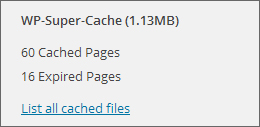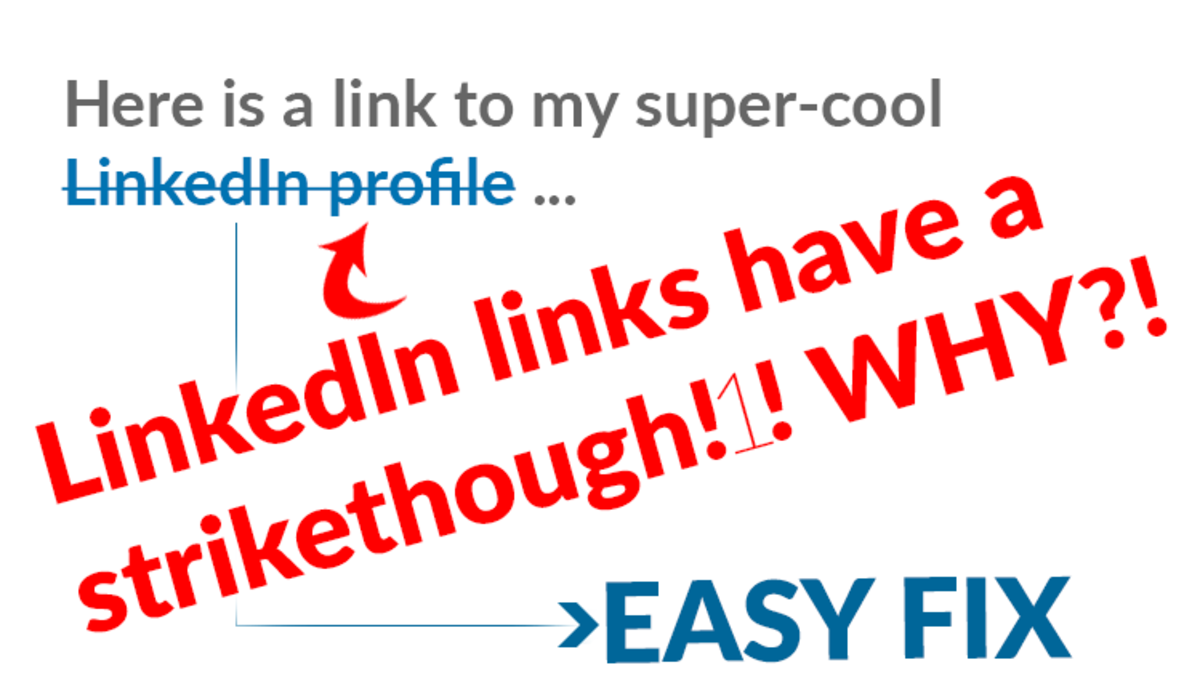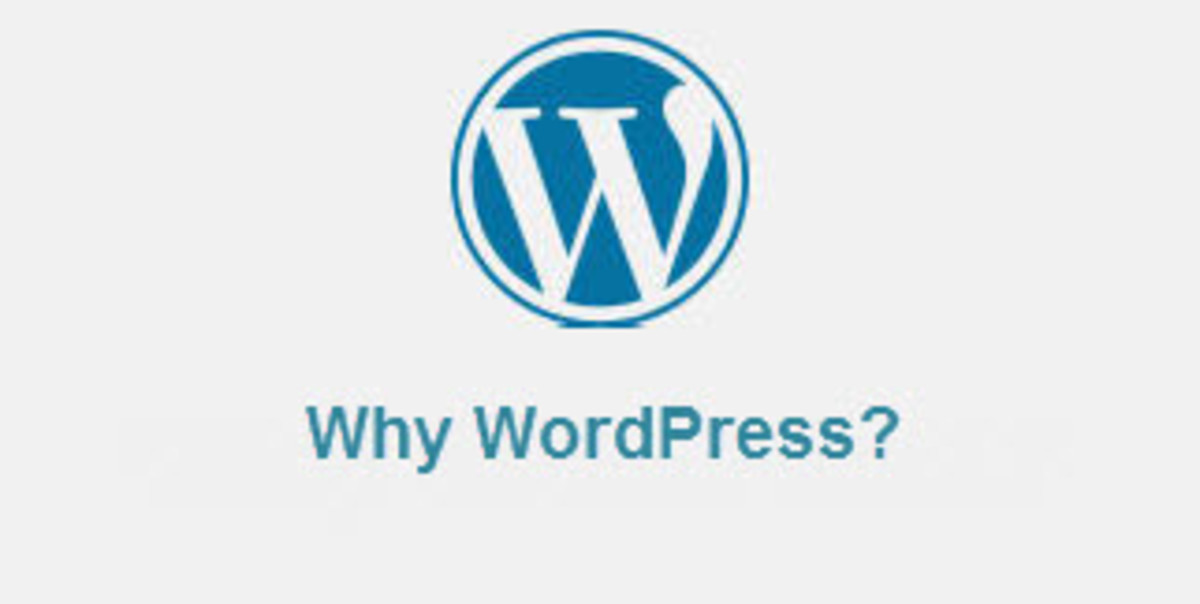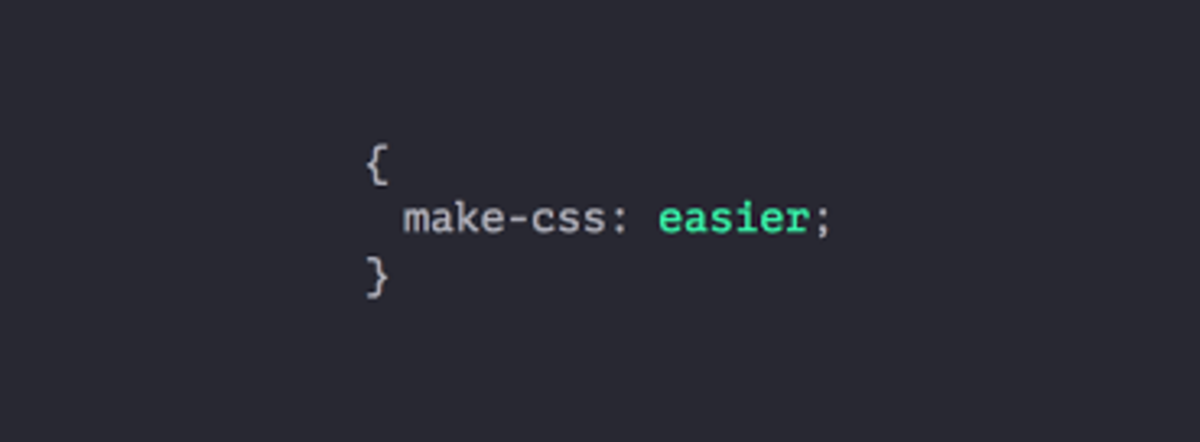- HubPages»
- Technology»
- Internet & the Web»
- Web Page & Web Site Development
My Top 5 Favorite WordPress Plugins
Useful Plugins for Enhancing your WordPress Website
WordPress is, by far, the most popular blogging platform in the world. This is in part thanks to the active community and a multitude of plugins which make WP faster, better, or easier to use.
I have been using the self-hosted version of WordPress for a few years now, and during this time I've tried many different plugins. Some of them I discarded after a day or two, but the most useful ones are installed on all of my WP websites to this day. I'll share a list of my top 5 favorites on this page.
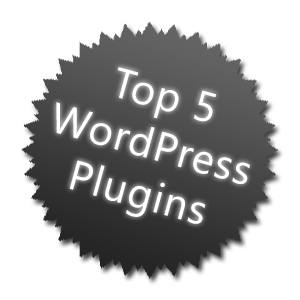
#1. Yet Another Related Posts Plugin (YARPP)
YARPP is, without a doubt, the most powerful related posts plugin for WordPress. New bloggers can easily turn on the automatic display of related content for posts, pages, media, and RSS feeds, and pick one of the pre-made templates: list and thumbnails. More advanced WP users can create their own template in PHP for complete control over what is displayed (for example, you can customize it to only show posts with a certain Custom Field). It is also possible to exclude posts by tag or custom taxonomies, set the importance of titles, bodies, categories, etc. when calculating the "relatedness", and choose the minimum match threshold (how related a post must be in order to be included).
4.1 and later versions of this plugin come with YARPP Pro, a "Recommendation Engine" which offers an option to earn money from sponsored content displayed alongside your own posts, is able to pull related content from several sites, and includes detailed traffic reports. Fortunately, it is strictly opt-in, and you can continue using the awesome YARPP Basic without an issue (personally, I have had no reason to try YARPP Pro).
https://wordpress.org/plugins/yet-another-related-posts-plugin/
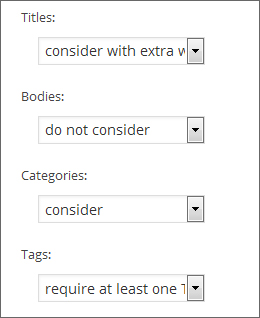
#2. PageNavi
WP-PageNavi is really the best sort of a WordPress plugin: it's small, easy to configure, and just works its magic without overloading your blog with unnecessary features. What is does it replace the older / newer posts links with advanced pagination you might see on an online forum and such. It is, of course, fully customizable, from CSS to the number of pages to show and whether to display links to the first and last pages or not.
Why use a pagination plugin at all? The advantages are two-fold. First of all, you make navigation easier for your visitors. Instead of clicking the "Older posts" link a bunch of times, they can simply select a page from the list. Second, it is better from the SEO perspective, as it makes your older posts easier to access for search engine spiders.

#3. Widget Logic
Another simple, yet awesome plugin I can't live without anymore, Widget Logic allows you to control which pages each widget appears on. This is accomplished by entering Conditional Tags or even PHP code into the new "Widget logic" field which now appears at the bottom of each widget. Here are a few basic examples.
Your homepage and archive pages tend to be a lot longer than single posts. This allows you to cram more widgets into the sidebar. These need to be excluded from single posts, pages, and attachments, though:
!is_singular()
We don't want this particular widget to appear on Pages, search results, and the 404 error page:
!is_404() and !is_search() and !is_page()
This widget will be shown on custom "event" type of posts, as well as Pages:
get_post_type() == 'event' or is_page()
The plugin is only 67 KB in size, but it is so very useful!
#4. Faster Image Insert
A bit more specialized than the other plugins I've listed so far, Faster Image Insert can be an incredible timesaver to anyone posting a lot of pictures or photos on their blog, although it won't be very useful to bloggers who mostly write text posts. It places the Media manager under every post so you no longer have to open a pop-up window to upload or insert images. Furthermore, it helps edit multiple captions and titles in one go, and insert several images at once with custom spacing between them.
Unfortunately, Faster Image Insert hasn't been updated in two years now. However, it still seems to work just fine with the latest WordPress version (4.0).
#5. Super Cache
Despite all the well-deserved praise that WordPress gets, it does have some weaknesses as well. One of them is WP's huge appetite for CPU and memory, especially with numerous plugins installed. The internet is full of complaints about shared hosting packages being suspended due to WordPress going over the CPU limit, even if the blog in question gets very little traffic. Luckily, there are plugins which will solve this issue as well. My favorite one is WP-SuperCache, and I have it installed on every single one of my WordPress blogs.
Simply put, WP-SuperCache creates static copies of your blog's posts and serves them to your visitors instead of generating dynamic pages, which requires firing up PHP and querying the MySQL database every time. It also scans the cache for outdated copies, and deletes them periodically. By default, a very low number is used for expiry (3600 seconds), but if your blog doesn't have a lot of dynamic content, you can set it to 86400 seconds (one day) to lower your CPU usage even further. Remember, the cache will be cleared every time you publish a new post or when a visitor leaves a comment, regardless of this setting. it is only there so things like RSS feeds or other dynamic widgets would also get updated.
